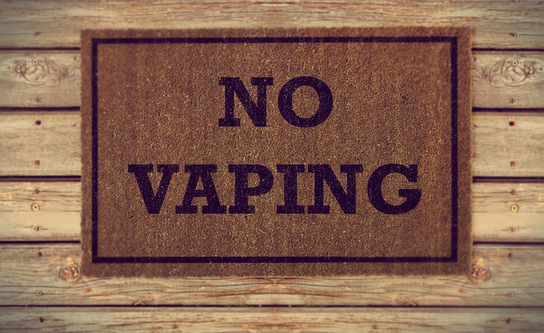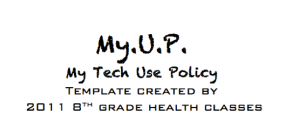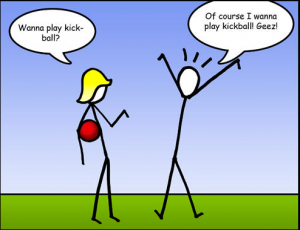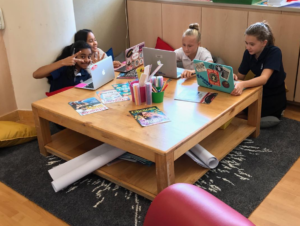It’s time to overhaul our approach to tobacco prevention. While this generation of teenagers has gotten smarter about smoking, and rates of traditional cigarette use are down, rates of e-cigarettes have tripled over the last three years.
There are a few theories as to why this is happening—less fear of getting caught, lack of information, thoughts that it’s a safer alternative to smoking—but regardless as to why it’s happening, it’s clear we need to get going on our prevention methods before these rates get even higher.
This topic would be a great opportunity to introduce some Project Based Learning (PBL) into a health class. According to the Buck Institute, the leaders in PBL research and training,
“Project Based Learning is a teaching method in which students gain knowledge and skills by working for an extended period of time to investigate and respond to a complex question, problem, or challenge.”
E-cigarettes are definitely a challenge, and there are so many aspects of the subject that lend themselves to research and inquiry.
You can download a free project template directly from the Buck Institute site, and then after a little bit of background information, set the kids free to see what they can discover about this growing issue and if they can formulate some solutions as to how we can tackle it.
Choices magazine’s February cover story “E-Cigarettes: Will They Kill You Too?” is a great way to kick off the project. It’s well researched, and includes a wide variety of background information. Have the class read it and then decide how they want to narrow their focus for the project.
Here are a few possible options and resources to use for support.
1. E-Cigarettes and the FDA
It was just last year that the FDA stepped in to put some regulations into place for this rapidly growing industry. And while the new restrictions finally put a ban on the sale to minors, many critics have said that it’s still not enough…
From the LA Times: “Health groups say FDA ‘vaping’ rules fail to protect children”
And in this informative clip from PBS News Hour, Mitchell Zeller—director of the FDA’s Center for Tobacco Products—explains that this is just the first step in regulating a rapidly growing industry that many are referring to as the “wild, wild West”.
Coming in at just over six minutes, this clip would be a great way to get the research started, and this article from USA Today goes over the FDA’s 20-year road to regulating tobacco.
The kids could make some connections to the FDA’s battle to regulate traditional cigarettes, and research how much progress has been made since they began their fight against e-cigarettes last year.
2. Big Tobacco’s Involvement
Big Tobacco is a tricky business. They’ve done some remarkably shady things in the past to try and hook people and kids on a product that they know can kill them. They’re also responsible for producing a large percentage of e-cigarettes as well. Can they be trusted?
While the research still isn’t conclusive as to the risk of “vaping,” there is no doubt that nicotine is addictive. And while e-cigarettes can be a less harmful alternative for those who are trying to quit tobacco, the advertising tactics and candy flavors many of these companies use clearly indicate that they are gunning for the youth market.
Have students look into the awesome advocacy group Truthto learn more about Big Tobacco, and then use the article from Choices to see how they’re involved with e-cigarettes and kick off some additional research.

3. How Are E-Cigarettes Made?
And are they safe? The New York Times did just did a great piece on e-cigarettes and how 90 percent of them are produced in Chinese factories with little to no regulations. Have the students who are interested in this aspect read the article, watch the video, and do some additional research on some of the accidents that have been happening around the world due to faulty manufacturing.
4. What Are the Other Issues?
There are plenty. Almost daily, it seems that new information is coming out about the dangers of e-cigarettes. Rather than telling the kids how dangerous they are, have them learn about it themselves, and then share their information with the class. A Google search will pull up countless articles and news reports, and not all of them against e-cigarettes, which could also lead to some interesting debates.
This is a constantly evolving issue, so it’s the perfect fit for Project Based Learning. Even if we were to try and design our own lessons on e-cigarettes, the information would be outdated as soon as we taught it.
Here’s a great opportunity to let the kids design their own projects, discover what they can, and then guide them as they create their own path to prevention.
For even more resources, check out this bank of articles from The New York Times.





